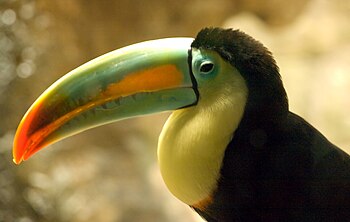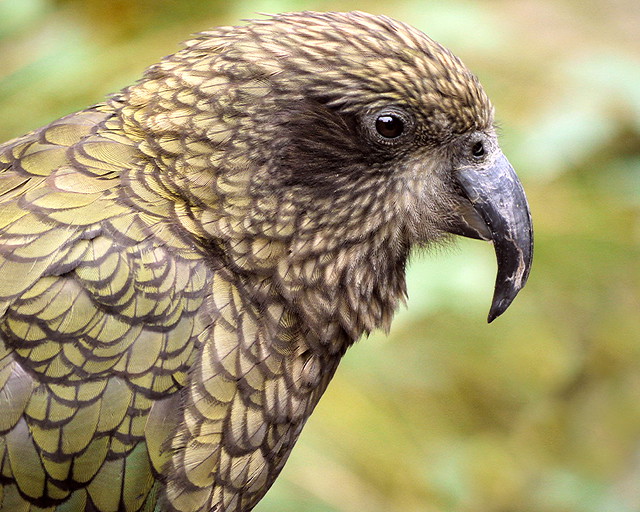 |
| Blue-fronted Amazon also called the Turquoise-fronted Amazon and Blue-fronted Parrot kept as a pet in Argentina. (Photo credit: Wikipedia) |
Blue-fronted Amazon's average height is 14 - 15 inches from head to the tip of the tail and weight average being half a pound to just under a pound. The Blue-fronted Amazon also called the Turquoise-fronted Amazon and Blue-fronted Parrot is a species of Amazon parrots and one of the most common parrots kept in captivity as a pet or companion parrot. They have blue feathers on the forehead above the beak and yellow on the face and crown with blue and red streaks at the tips. The Blue-fronted Amazon reaches sexual maturity at around two to three years of age. The Blue-Fronted Parrot is a highly intelligent species; however, they can also be quite moody at times.
The Blue Fronted Amazon Parrot lovers are very worried, because of illegal capture of wild birds every year. Data concerning the reproductive biology will serve to guide future decisions about the management and conservation of this species. This was because the public was prepared to pay high prices for the Yellow-naped Amazon, Double Yellow-headed Amazon and the Blue-fronted Amazon (having heard that they were the best talkers) but would not pay high prices for the Orange-winged Amazon parrot, because they had previously been imported as wild-caught birds in such huge numbers that prices for them had always been low. Blue-fronted amazons are good pets but generally not the right bird for first-time owners.
They are very easy to feed. Basic nutrition is supplied through any of the many fine vitamins, mineral, and protein-enriched large hookbill seed mixes or pellets available at your local pet shop. Amazons feed on fruits and seed in their natural habitat and they can attack crops, especially citrus.
A cage with a playpen roof is highly recommended for Amazons as these birds love to sit up top and look around. Blue-fronted Amazons enjoy chewing wood and should have wooden toys or prepared wood for chewing "only give toys that are designed for parrots". A parrot's cage should, of course, be cleaned out every day and some of the old sand can be used again if the droppings are removed by sifting it. They need a cage that has enough room that they can move around in and also be able to spread their wings. A suggested cage is 4 feet wide by 4 feet tall by 8 feet long suspended 4 feet above the ground or floor. They require a cage with toys and equipment to keep them entertained. They have a tendency to nip which is their way of expressing themselves and exploring their surroundings.
These Amazons are heavy-bodied and care must be taken not to cut too many feathers. Blue-Fronted Amazons, males can be aggressive in spring, the mating season. Blue-fronted Amazon is one of the most common companion parrots. It is endangered in its natural habitat in North-eastern Bolivia, South-Western Mato Grosso, Brazil, Paraguay, northern Argentina and Northernmost Buenos Aires.
Also, they have this new toy out that talks to the bird with your voice. Maybe you could do some training while you are at work plus it will keep them busy for a little while. All parrot need a lot of attention.
Copyright By Glenn Byers - Article Source: EzineArticles
|
















